Kingdom Plantae | Genus Crassula Rank Species | |
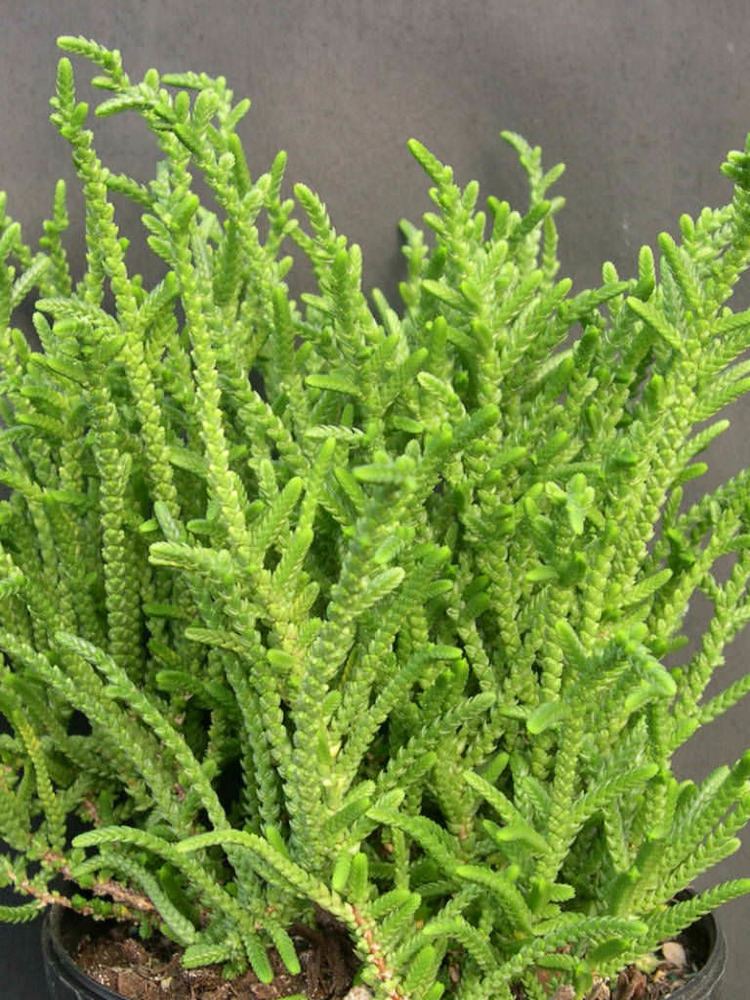 | ||
Similar Crassula perforata, Crassula arborescens, Crassula rupestris, Pigmyweeds, Crassula falcata | ||
My crassula muscosa succulent plant in miniature winter bloom
Crassula muscosa (Linnaeus, 1760), also named Crassula lycopodioides (Lamarck) or Crassula pseudolycopodioides, is a succulent plant native to South Africa and Namibia, belonging to the family of Crassulaceae and to the genus Crassula. It is a houseplant grown worldwide and commonly known as Rattail Crassula, Watch Chain, Lizard's Tail, Zipper Plant and Princess Pine.
Contents
- My crassula muscosa succulent plant in miniature winter bloom
- Crassula muscosa
- Description
- Distribution
- Varieties
- References
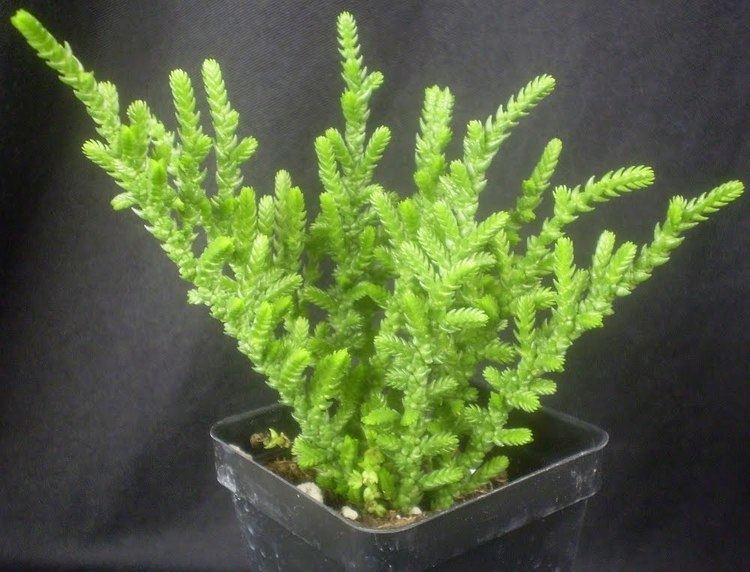
Crassula muscosa
Description
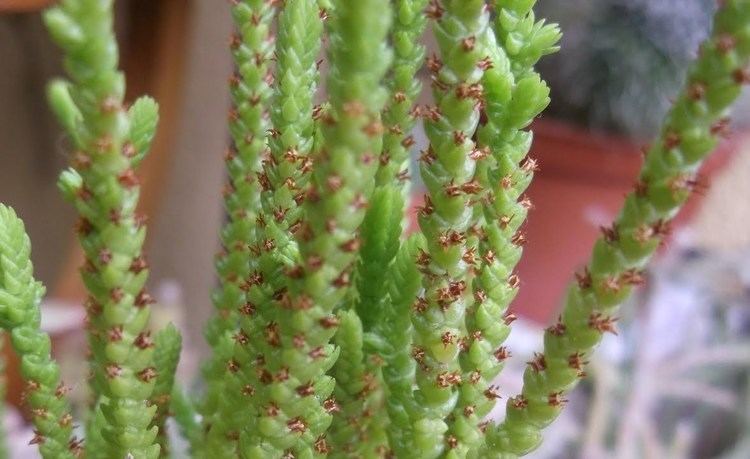
Crassula muscosa has very small, light green leaves that are densely packed around a thin stem, and the arrangement of the leaves around the Stems gives them a square shape. It grows as an intricate bush with very small yellow-green flowers, with a maximum height of 15-20 cm. It is an invasive species and easily propagated from stem cuttings. When in flower, the plant can produce a pungent, acrid smell not unlike cat urine.
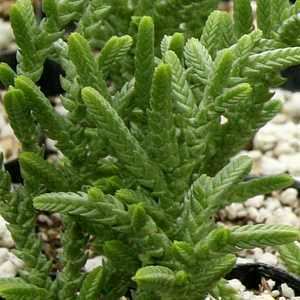
The scientific and the common names refer to its appearance: muscosa derives from the Latin word muscosus, meaning "mossy". Lycopodioides, referred to the clubmoss Lycopodium, derives from the Greek words "Λύκος" (L.kos, wolf), "πόδι" (pódi, foot) and οειδής (oeides, -oid, similar to).
Distribution
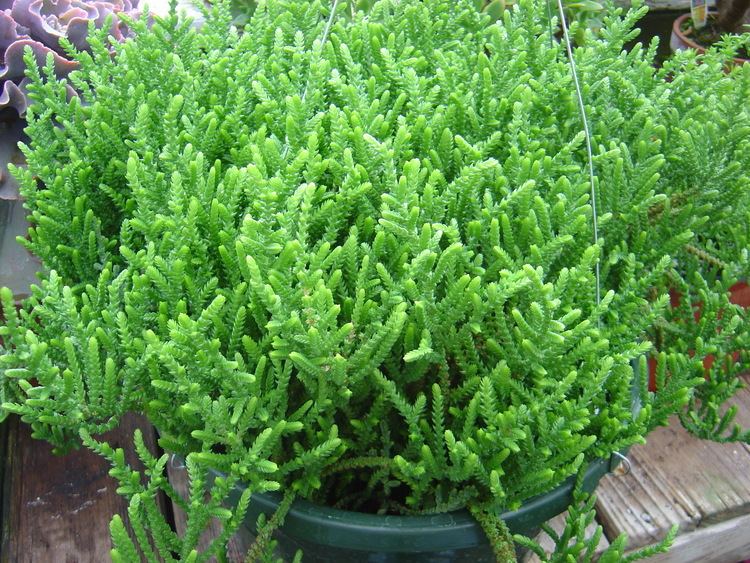
Crassula muscosa is native to South Africa (the Cape Provinces, the Free State and the Northern Provinces) and Namibia.
